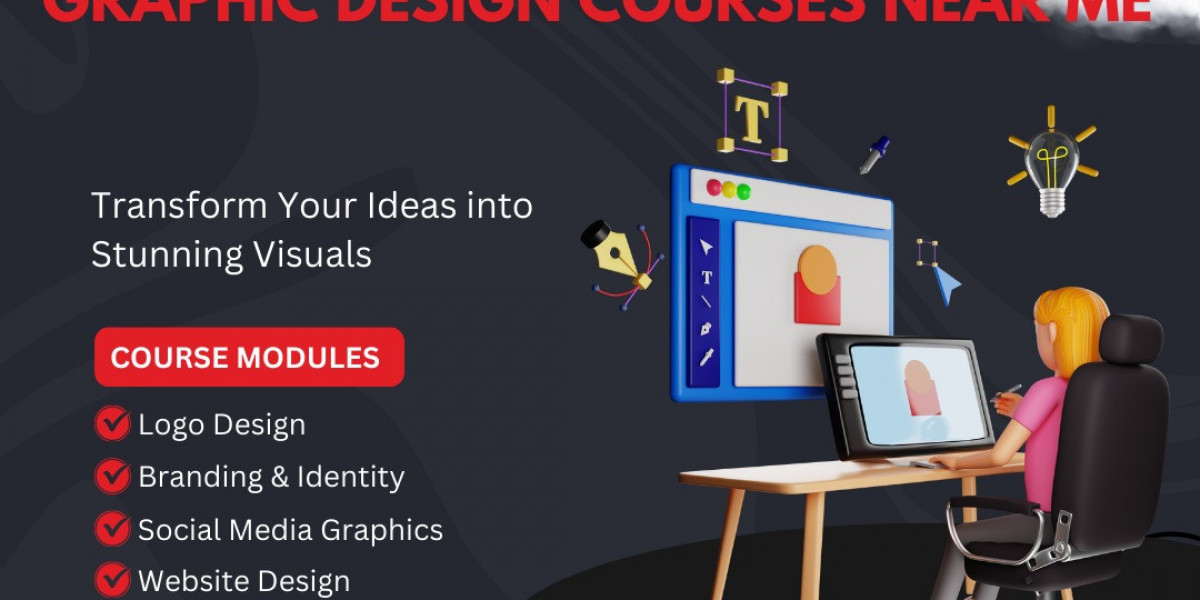Imagine a virtual replica of your body—one that updates in real time, responds to treatments before you take them, and predicts illness before symptoms appear. This is no longer science fiction. Welcome to the era of digital twins in healthcare, where Japan is emerging as a global pioneer in creating bio-simulated patient avatars that are reshaping medical care, clinical trials, and personalized treatment.
At the intersection of AI, biomedical engineering, genomics, and cloud computing, digital twins are enabling clinicians to run simulations on virtual versions of patients—providing unprecedented insight, precision, and safety. As healthcare systems worldwide grapple with aging populations and chronic diseases, Japan’s deep expertise in robotics, data integration, and healthcare innovation positions it to lead the bio-simulation revolution.
🧬 What Are Digital Twins in Healthcare?
Digital twins in healthcare are dynamic, virtual models of a patient’s physiological systems, created using real-time data such as:
Genomic sequences
Vital signs and imaging scans
Wearables and sensor outputs
Electronic health records (EHR)
Lifestyle and environmental inputs
These virtual models are continuously updated and calibrated to reflect a patient’s health status. Clinicians can simulate how a disease might progress, test drug responses, or predict post-surgical outcomes—without exposing the real patient to any risk.
🇯🇵 Why Japan?
Japan’s push into medical digital twins stems from three key imperatives:
A rapidly aging population—By 2035, 1 in 3 Japanese citizens will be over 65, driving the need for more proactive and personalized care.
World-class medical imaging and sensor technology—Japan leads in MRI, CT, and wearable innovation.
National commitment to digital transformation in health—The Ministry of Health, Labour and Welfare (MHLW) and the Japan Digital Agency are investing heavily in data interoperability and AI-driven diagnostics.
Government-led projects such as Society 5.0 envision digital twin platforms not just for healthcare, but for a smart, resilient, human-centered society.
🏥 Real-World Use Cases in Japan
1. Personalized Treatment Planning
Hospitals like Tokyo University Hospital and Osaka Medical College are working with tech giants like Fujitsu and NEC to create patient-specific cardiac digital twins. These allow surgeons to:
Simulate heart surgeries in a risk-free virtual model
Predict complications before operating
Adjust implants or devices virtually for optimal outcomes
2. Cancer Therapy Simulation
Riken Institute and Kyoto University are pioneering digital twins for oncology, integrating patient DNA and tumor response data to:
Forecast drug effectiveness
Minimize side effects
Dynamically adjust chemotherapy dosages
3. Mental Health Monitoring
Startups like NeuroTwin Japan are developing neuro-digital twins to:
Monitor neurological changes in patients with depression or dementia
Simulate responses to medication or behavioral therapy
Enhance early detection of cognitive decline using biometric data
4. Chronic Disease Management
For diabetes and cardiovascular patients, digital twins offer:
Real-time glucose and blood pressure trend prediction
AI-assisted nutrition and lifestyle simulations
Alert systems that notify doctors of anomalies via digital dashboards
🧪 Clinical Trials & Research
Japan’s pharmaceutical firms, including Takeda and Daiichi Sankyo, are incorporating digital twin models into:
In silico trials, reducing dependence on large-scale physical trials
Patient cohort selection, identifying optimal matches from databases
Drug repurposing efforts, modeling molecular interactions in silico
This leads to faster, cheaper, and ethically safer R&D, transforming how drugs are developed, tested, and approved.
🧠 Tech Behind the Twins: Enabling Infrastructure
Japan’s success in this space is underpinned by:
Supercomputing and cloud AI platforms like Fugaku (RIKEN) and NTT Data’s quantum-inspired architecture
Standardized health data exchanges, supported by Japan’s National Database of Health Insurance Claims
Secure IoT and 5G/6G connectivity for real-time data from wearables and hospital equipment
Interoperable digital health records, integrated under the My Number ID system and Personal Health Records (PHR)
Tech companies like Sony, Hitachi, and SoftBank are developing dedicated health data platforms that enable physicians, researchers, and patients to engage with digital twin models securely and intuitively.
🔐 Ethics, Privacy, and Regulation
With highly personal data at the heart of digital twins, Japan is placing emphasis on:
Consent-based data use policies
Edge AI computing, reducing data centralization risks
Anonymization and pseudonymization standards under the Act on the Protection of Personal Information (APPI)
Digital twin audit trails, enabling transparency in simulation decisions
The MHLW is working with universities and legal scholars to codify ethical boundaries, particularly regarding predictive diagnostics and automated decision-making.
📊 Economic and Social Impact
Japan’s digital twin ecosystem is forecast to:
Reduce unnecessary treatments and hospital stays by 15–20% by 2030
Enable remote treatment and diagnostics in underserved rural areas
Create a new industry vertical, with projected revenue of ¥1.2 trillion ($8B) in bio-simulation services by 2030
It also supports workforce transformation, giving clinicians AI-powered decision support while freeing up time for human-centric care.
🔮 The Future: From Reactive to Predictive Healthcare
By 2035, Japan aims to achieve:
Full integration of digital twins into national healthcare systems and insurance
Digital avatars for all major chronic conditions, accessible via mobile health apps
Real-time simulation for surgery, drug metabolism, and genetic predisposition analysis
AI twin companions for elderly patients, guiding daily health habits and mental wellness
This transformation will move healthcare from its current reactive model to a proactive, predictive, and preventive paradigm—powered by data, designed around individuals.
✅ Conclusion: Leading the Bio-Simulation Revolution
In digital twins, Japan is not just following global trends—it’s setting them. By fusing medical precision, engineering excellence, and compassionate care, the country is building an invisible bridge between biology and technology.
The future of healthcare won’t be confined to hospital walls. It will live inside intelligent, evolving models of ourselves, continuously learning, adapting, and protecting. And in that future, Japan’s leadership in bio-simulation may be one of its most life-changing contributions to humanity.







